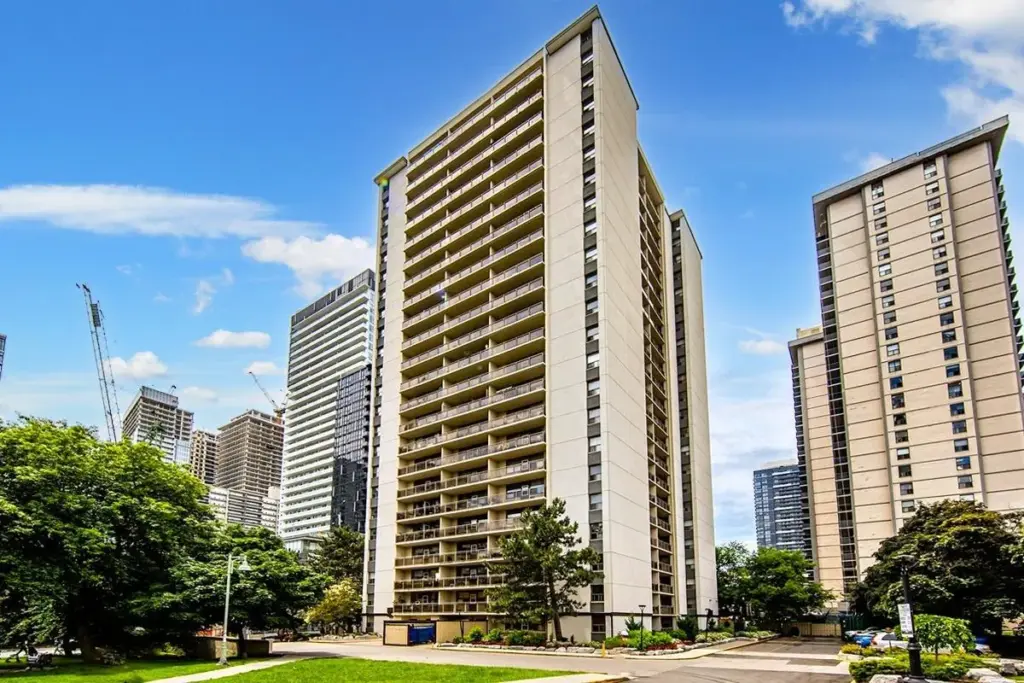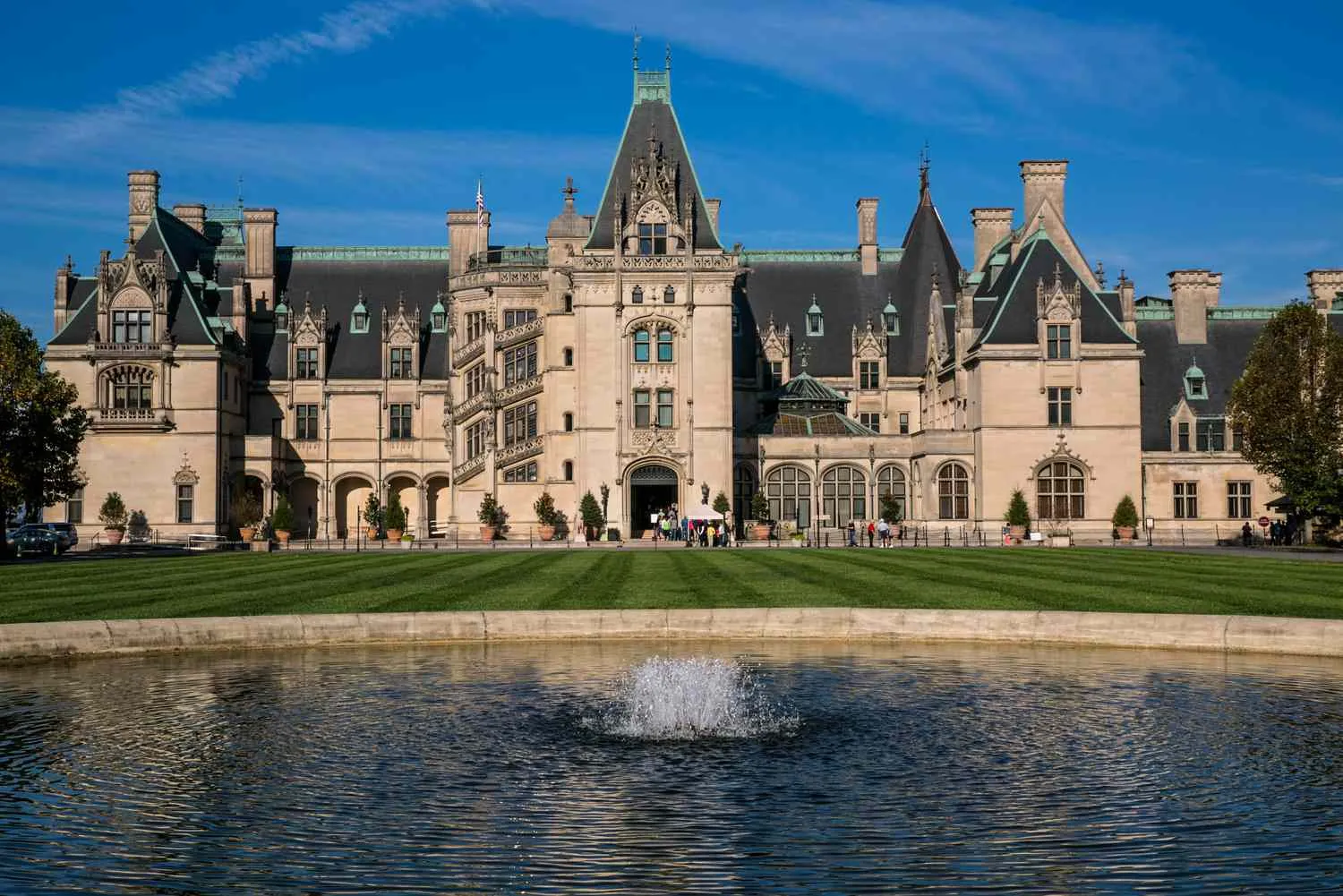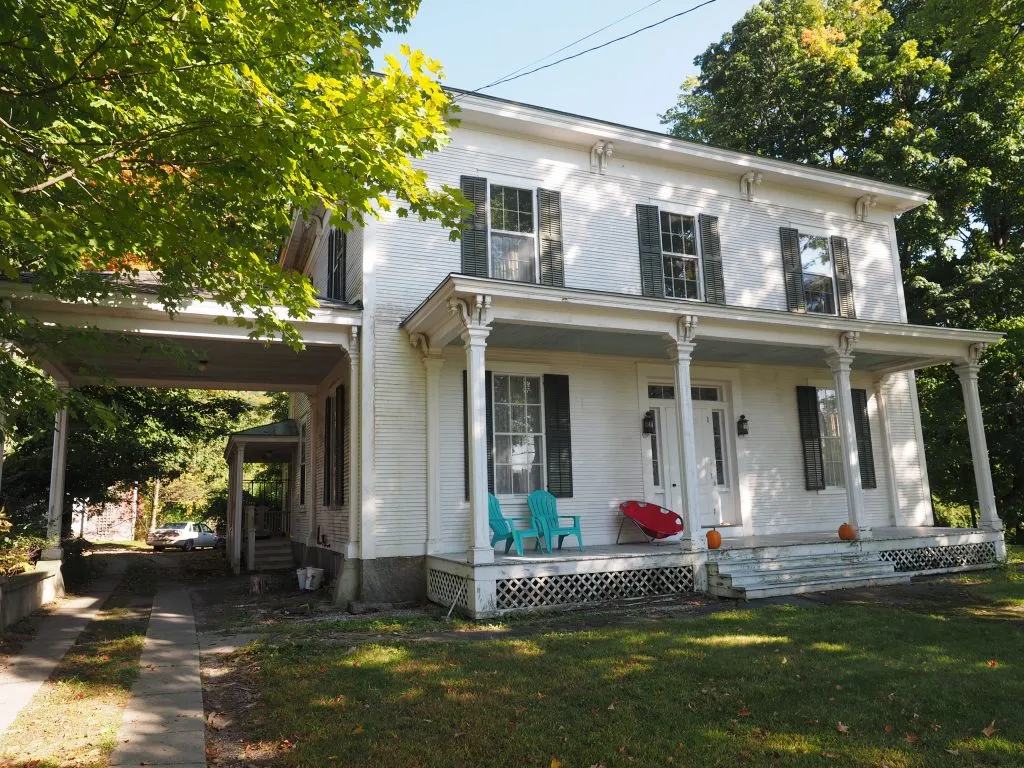A property’s after-repair value is simply the property’s market value after any repair, renovation, or improvement.
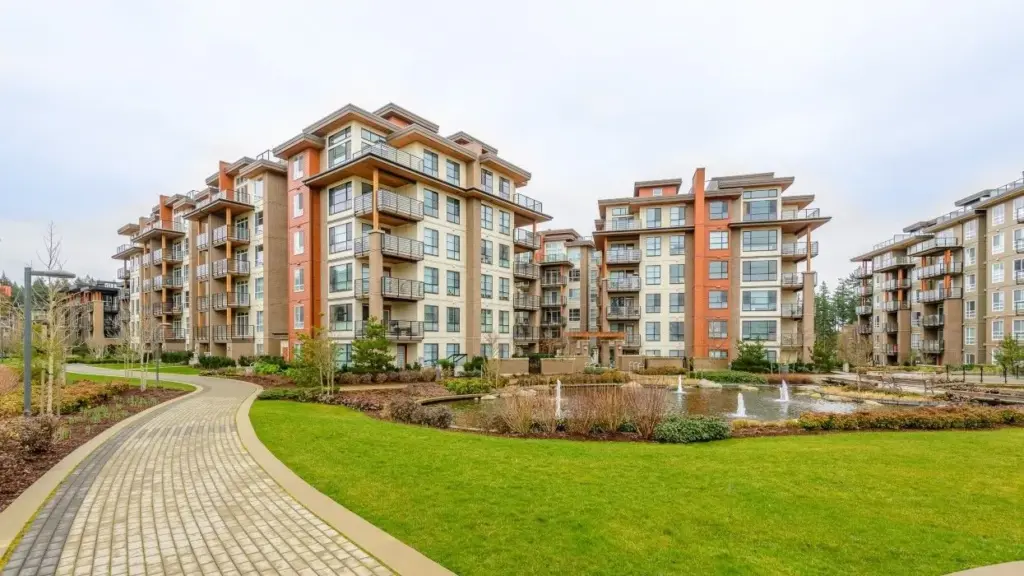
What is After-Repair Value in Commercial Real Estate?
As an investor or developer considering purchasing and rehabbing a troubled commercial property, after repair value, or ARV, is one statistic you’d be wise to get to know. The ARV of a property is simply the market value of the property once repairs, remodelling, or upgrades have been done.
ARV = Property Purchase Price + Value of Renovations
If the ARV of a property is considerably higher than acquisition costs, repair costs, and holding costs, then the rehab project would be worthwhile. If otherwise, then an investor would have to price lower on the property or find a better property to rehab.
How ARV Works in Commercial Real Estate Finance
To have a better understanding of how ARV actually works in real life, let’s look at an example. If someone purchased an apartment complex for $900,000, spent an additional $200,000 on repairs, and had $40,000 in holding expenses, the property would cost $1.14 million.
To know whether this is a good deal, an investor would want to know the possible ARV. In a normal situation, the property’s total cost would never be more than 75% of the ARV.
This is due to the fact that most lenders will not refinance a loan on more than 75% of a rehab’s ARV. And, considering that most investors use a mix of hard money and bridge loans to finance a rehab project, they must ensure they can get refinancing for the whole project cost after rehab is done.
So, applying the figures in the above example, we can determine that the lowest ARV of the project to be refinanced in the sum of $1.14 million would be around $1.52 million.
$1.14 million ÷ 0.75 = $1.52 million
So long as the ARV of the property is a minimum of $1.52 million, the investor can use the proceeds of their refinance to pay off their entire hard money loan, plus repair costs and holding costs.
How to Calculate Your After-Repair Value
It’s important to mention that any after-repair value is an estimate. There’s no precise way of knowing a property’s value once you’ve finished your repairs (unless you have a crystal ball).
However, an ARV isn’t a number pulled out of thin air. There are some things to remember in estimating your after-repair value:
Sales Comparables
Recently sold homes in your area (ideally within the past three to six months) provide excellent guidance on your soon-to-be-restored property’s value. I would recommend finding a minimum of three or four sales, though the more, the better.
After you’ve done some sales comps, you’ve got to stop and peruse the most significant similarities and dissimilarities between your building and theirs. If, for example, your building does not have a swimming pool, but theirs does, your building’s ARV will probably be somewhat lower… at least on that aspect.
In the outside world, there will be something your property has that other properties do not, and vice versa. And do not forget to add building age as well. Yes, your 1970s complex may have all the same features that a brand-new finished-up property enjoys, but that does not mean that you can assume the same value.
It’s actually more of an art than a science, but there is some science involved. Get as much data as you can and work your way through each point methodically in analysing your property. Know that charging the cost to add amenities or to rehab units is not sufficient for an accurate ARV calculation.
Market Trends
You’re also going to need to understand shifts in market dynamics. If your market has rapidly rising rent growth and declining vacancy, you can probably have an expectation of relatively higher ARV in the future.
But if rents aren’t rising at all and volume is falling off — maybe because financing costs have gone up — then you’d be wise to be much more conservative in your value estimate.
Having an appraiser or broker as a guide can be worth its weight in gold in reaching an accurate (and relatively so) ARV. The better you know what a professional would do with your property, the better you’ll have a feel for a good ARV — and this is basically what your lender will do, too, so you want to get it right, a free sense of what your property can be.
What Does ARV in Commercial Real Estate Mean?
ARV stands for After Repair Value, which is the value of a property after making repairs, renovations, or upgrades. ARV is important to investors and builders who want to purchase and rehabilitate a distressed commercial property, as it helps determine whether the property is a good deal.
Overall, the cost of the property needs to be 75% or less of the ARV in order to qualify for a refinance. For example, suppose an apartment building is purchased for $800,000.
It takes another $200,000 to rehab it, and holding costs of $40,000 are paid. The cost of the property in this instance would be $1.04 million. In this case, the minimum ARV to qualify for a $1.04 million refinance would be around $1.39 million.
How is ARV Calculated in Commercial Real Estate?
ARV is calculated by taking the total cost of the property (purchase price + repairs + holding costs) and dividing it by 0.75. For example, the building is purchased for $800,000, repairs are $200,000, and there are holding costs totalling $40,000, so the entire cost of the property is $1.04 million.
To determine whether it is a good deal, an investor needs to remember the potential ARV. In most cases, the entire cost of the property should be at or under 75% of the ARV. This means that the lowest ARV of the project to qualify for refinancing of $1.04 million would be around $1.39 million.
ARV = (Total Cost of Property) / 0.75
What Affects ARV in Commercial Real Estate?
The After Repair Value (ARV) of a commercial property depends on various factors, including the location of the property, the property’s condition, the quality of improvements, and market conditions.
One of the major factors in the determination of the ARV of a property is location, where properties in favourable locations have higher ARVs compared to those in less favourable locations.
The physical state of the property is also important, since those properties that need to be repaired or renovated will be worth less than properties in good condition.
The quality of the renovations is also important, since the better the quality of the renovations, the higher the ARV. Finally, the current market conditions will also exert an effect on the ARV of a property such that a good market will yield higher ARVs than a poor market.
In conclusion, the ARV of a commercial property is affected by the property’s location, the condition of the property, the quality of renovations, and the current market conditions.
What are the Benefits of Understanding ARV in Commercial Real Estate?
ARV knowledge about commercial real estate can empower investors and developers to make informed decisions when dealing with a distressed property. Investors can project the potential return on investment and determine whether the cost of purchase, repair, and holding is worth it based on the ARV of a property.
Also, by understanding ARV, investors can determine the minimum ARV needed to qualify for a refinance loan, by which the full hard money loan is repaid, and repair fees and holding fees are due.
What are the Risks of ARV in Commercial Real Estate?
The biggest risk of ARV in commercial property is that the ARV of the property can’t be accurately calculated. If the ARV was too high, the investor may not be able to refinance the loan for the cost of the project and may find themselves with more loan balance than the value of the property.
If the ARV is too low, the investor may not be able to borrow the amount of money that they need to complete the project. It is worth noting that the ARV of a property can be difficult to determine precisely because it relies on several factors such as the condition of the property, the local market, and current trends in the real estate market.
As such, investors need to perform their due diligence and research the local market before making any action.
